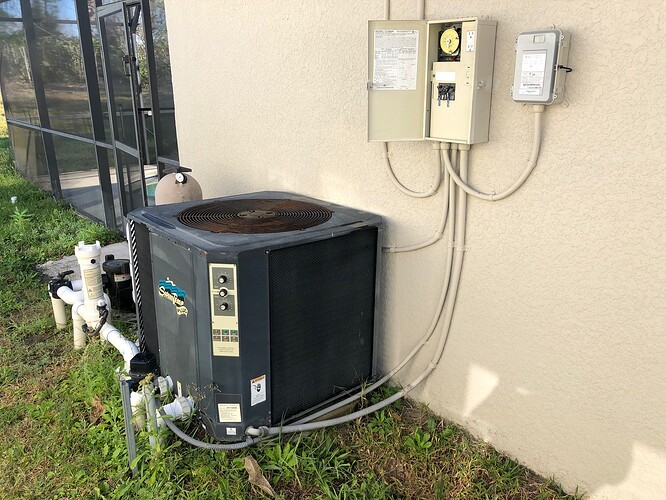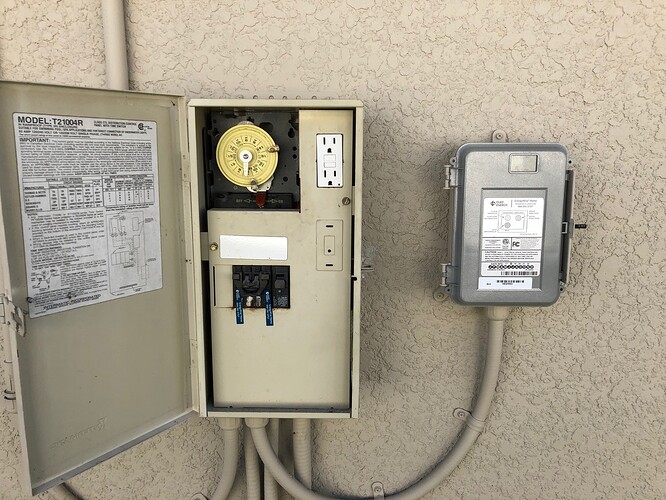Hi All,
I’m completely new to the pool community. We moved into a house 2 years ago and have never had a working light. I wanted to change out the bulb in my pool light so I removed the housing from the niche and to my amazment there was no light bulb but also the connection in the light is completely corroded. So i have to change the entire fixture.
I would like to go LED and was looking at the Hayward LED and J&J LED lights. I believe I have 120V instead of 12V because I see no transformer in my area (Picture Attached). Also I believe my niche is Hayward because the light seems to be Hayward as well (Picture Attached).
I would like to know how I can determine what wattage and voltage of light was present originally?
Also how I can gather the exact model number of the niche so that I can have the option of purchasing the J&J ColorSplash if possible since the manual states that its compatible with the Hayward SP0600(U) Niche. My pool is in ground and was constructed in 2006.
All Help is Great Help!!!
Thanks, Leonard
Hello Leonard - It looks like you have a Hayward SP580 series pool light. This would have used an SP0600U niche. It doesn’t look like you have a transformer, so you’d need a 120-volt fixture.
I am unable to determine the wattage. What is the length of your pool? Is the surface of the pool light or dark?
Hi Rob,
Thank you for that information. I really appreciate it. My last question is in regards to a sealant or putty around the niche opening for the conduit once a new light fixture is installed. I’ve seen the inyo videos of having to remove this putty before trying to pull a new light through but I did not see in the videos having to re-install putty or a sealant. Is this a requirement? If so, can you please explain why and what product I should be purchasing if needed.
Thanks again for the confirmation. I will be purchasing the J&J Color Splash LED light since my niche is compatible.
Yes, you will want to seal the conduit hole. I would recommend sealing it again because the conduit line could develop a hole in the future and water from the pool could slowly leak out if the light conduit is not plugged. We’ve used a 2-part underwater epoxy to plug the conduit opening. We’ve also used butyl tape because it’s easy to work with.


